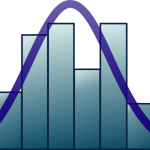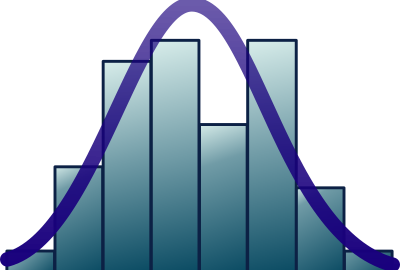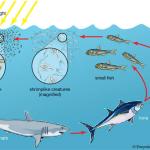Quantitative Methods in Marine Science
Numerical tools help to ask scientific questions more efficiently and extract appropriate answers. This course will introduce students to many basic techniques in data analysis and statistical modelling, to help them summarise a problem in mathematical terms, plan experiments or field sampling campaigns, and gather insights from the data collected. Students will learn how to identify sources of variation in biological data and decide on sampling/experimental units and replicates. Major inferential statistical and data exploration techniques will be taught. A programming language (R) will be used to apply all those techniques.
Course Contents
The class will consist of theoretical parts and applications to actual data sets. The themes tackled are presented below. While the core of the programme will be the same in all universities, some classes are optional (in brackets: [] ) and the specific time spent on each part will vary between universities.
- Maths and programming basics
- Notion of variable and of assignation; data types; data import; data manipulation, repetition of operations.
- *Numerical integration of differential equations; matrix computation
- Data representation (visualisation)
- Experimental/sampling design
- Best practices in experiment and sampling design for optimal statistical power
- Linear models Revision of simple linear regression, revision of ANOVA (as a particular case of linear model)
- Multiple regression and multi-factor ANOVA; model selection [Introduction to generalised linear model: logistic regression, Poisson regression] Introduction to mixed effects models
- Non parametric tests
- Notion of rank, basic non-parametric version of inferential tests (Wilcoxon-MannWhitney, Kruskall-Wallis)
- *notion of bootstrap and bootstrap tests Introduction to multivariate data analysis
- Principal Component Analysis
- Correspondence Analysis or Multidimensional Scaling
- *Numerical modelling
- *0D dynamical box and flux models (Fasham-like NPZD model)
- *Population dynamics models (Leslie-like matrix models)
* Not at UGent
Final Competences
- Understand and identify sources of variation in biological data.
- Decide on sampling/experimental units and replicates based on natural history, literature and identification of sources of variation in biological data.
- Using the identified research questions, formulate the applying best hypotheses to test.
- Identify traps in experimental designs.
- Use the programming language R.
- Apply data exploration techniques.
- Construct major inferential statistical models.
- Present the statistical output graphically.
- Interpret the results of the statistical tests.
- Collaborate on data analysis and interpretation.
Further course information can be found here: https://studiekiezer.ugent.be/2025/studiefiche/en/C003872





